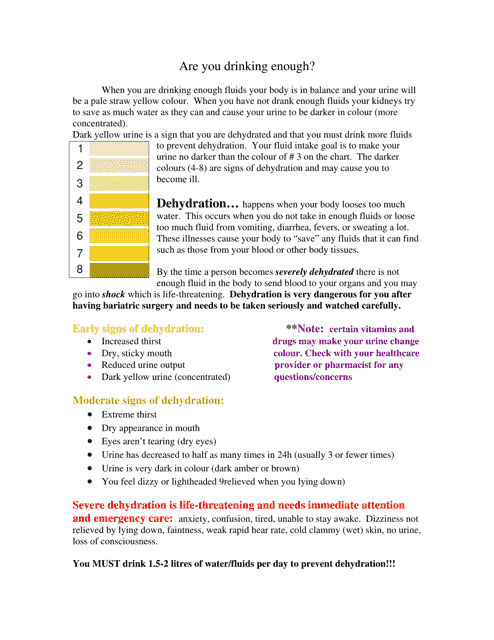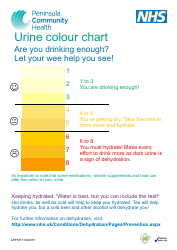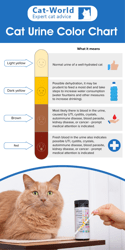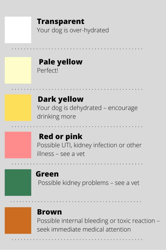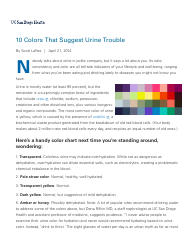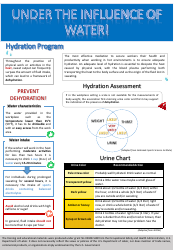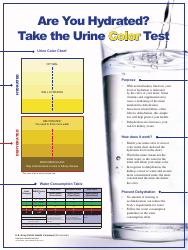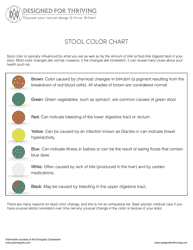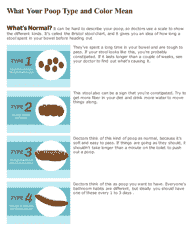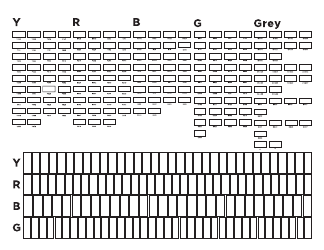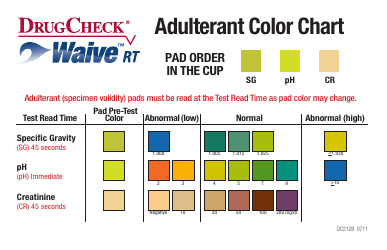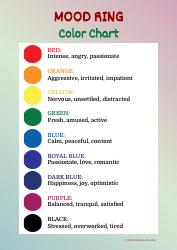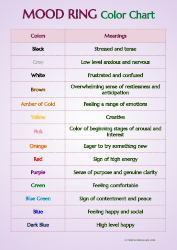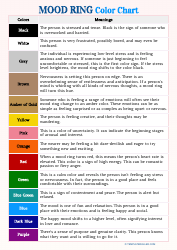Urine Color Chart
The Urine Color Chart is used to assess hydration levels and to detect certain health conditions. It helps determine if a person is properly hydrated or if they may be experiencing dehydration. Urine color can provide insight into possible medical issues such as kidney problems or urinary tract infections.
The urine color chart is not typically filed by anyone. It is a reference tool used by individuals to monitor their hydration levels and potential health issues.
FAQ
Q: What is a urine color chart?
A: A urine color chart is a tool used to visually compare the color of urine and assess its hydration level.
Q: Why is it important to know about urine color?
A: Urine color can provide valuable information about a person's hydration status and certain health conditions.
Q: What are the different color categories on a urine color chart?
A: Common color categories on a urine color chart are pale yellow, transparent yellow, dark yellow, amber, brown, pink or red, and cloudy.
Q: What does pale yellow urine indicate?
A: Pale yellow urine generally indicates adequate hydration and a normal level of waste products.
Q: What does dark yellow or amber urine indicate?
A: Dark yellow or amber urine often indicates dehydration and a more concentrated form of waste products.
Q: What does brown urine indicate?
A: Brown urine can be a sign of certain health issues, such as liver or kidney problems, and should be evaluated by a healthcare professional.
Q: What does pink or red urine indicate?
A: Pink or red urine may be caused by the presence of blood and should be assessed by a healthcare professional.
Q: What does cloudy urine indicate?
A: Cloudy urine can be a sign of a urinary tract infection or other health conditions and should be evaluated by a healthcare professional.
